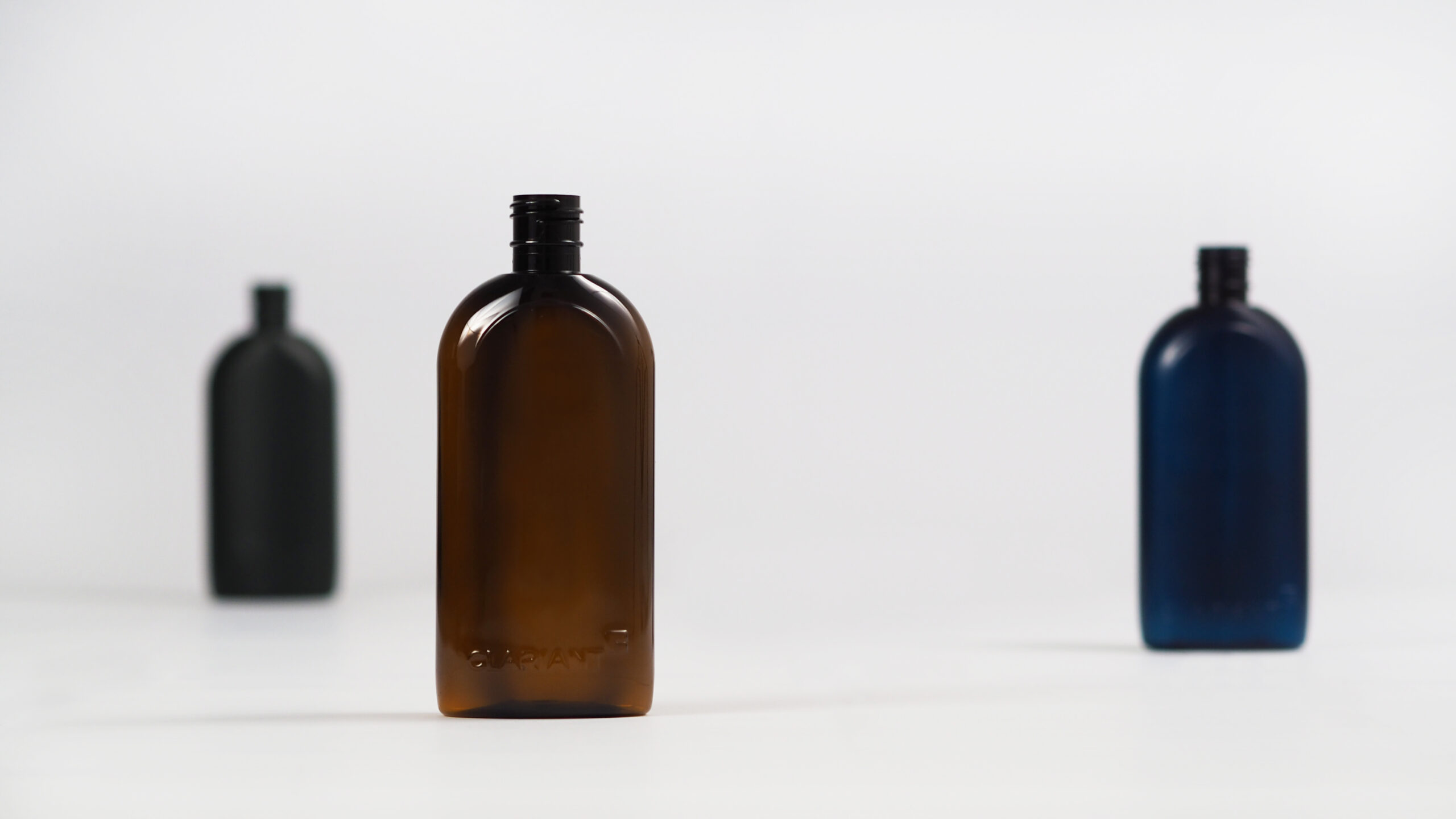
The new Clariant color concepts, developed in its Color Works design and technology center near Milan in Italy, now makes it possible to explore a darker color space without the use of carbon black. Development is progressing in polyester (PET), high-density polyethylene (HDPE) and polypropylene (PP) in both virgin and post-consumer recycled (PCR) forms.
In most automatic sortation systems, infrared light is beamed onto plastic materials and, because different polymers reflect that light differently, the system can sort the different materials. Unfortunately, the carbon black pigments typically used to make black and other deeply dark colors absorb all or most of the NIR light shone at them and, as a result, the sensors cannot even “see” the black packaging, much less sort one polymer from another.
Late last year, Clariant introduced CESA IR, a masterbatch range that makes black plastics visible to NIR radiation. This effect was confirmed by testing conducted by Tomra Sorting Recycling, a Norwegian company in the field of instrumentation for recycling solutions.
Roberto Romanin, a Color Works Designer at Clariant, says, “there are very definite trends in this direction. Some exclusive, high-end facial treatments, nutrient serums and oils are being packaged in these rich dark colors. However, most of them still use carbon black and so they have recyclability problems.”
To address this issue, the Color Works team undertook a project, to use CESA-IR technology to develop colors that could be dark without the use of carbon black. Three colors – a dark umber, a deep velvety green, and a regal dark blue – have been created initially. All three are really saturated so they are almost black but the colors come through, bringing to mind elegance, exclusivity, heritage and boldness.
“Until now,” says Mirco Groeseling, Regional Circular Economy and Sustainability Manager EMEA at Clariant, “making dark and black plastics NIR detectable required that the amount of carbon black must be carefully controlled, and this is not always possible under real-world conditions. So, we have been seeking – and we have found –new solutions that are very black, and we have been able to remove carbon black totally from these new detectable formulations.”
The range is suitable for all major packaging polymers including PET, polyethylene and polypropylene (including post-consumer recycled resin) in all the various packaging applications, including trays, bottles and caps.









